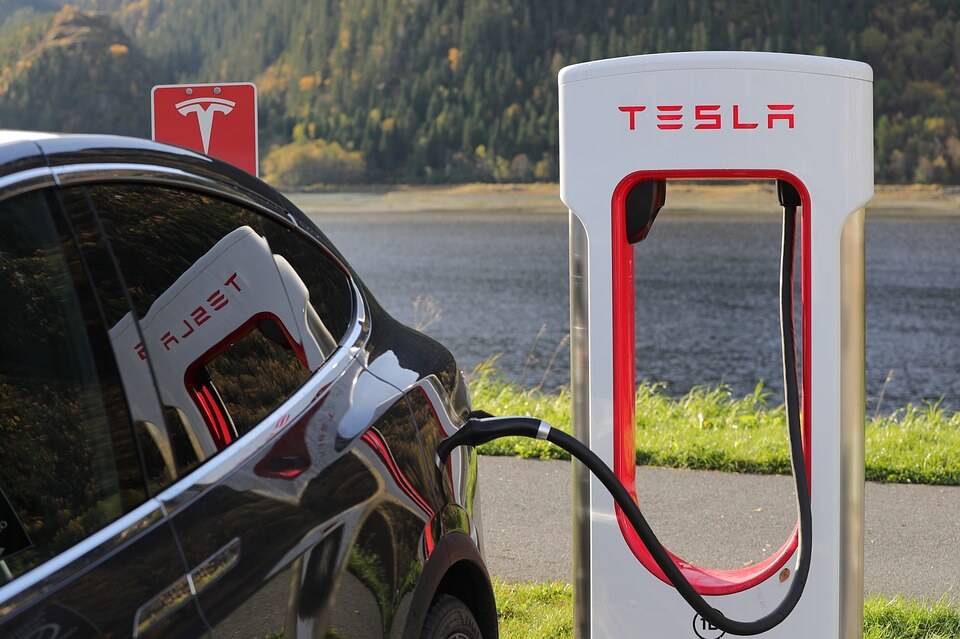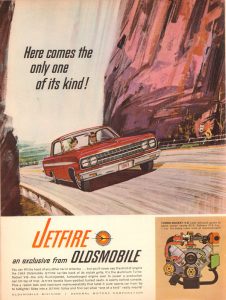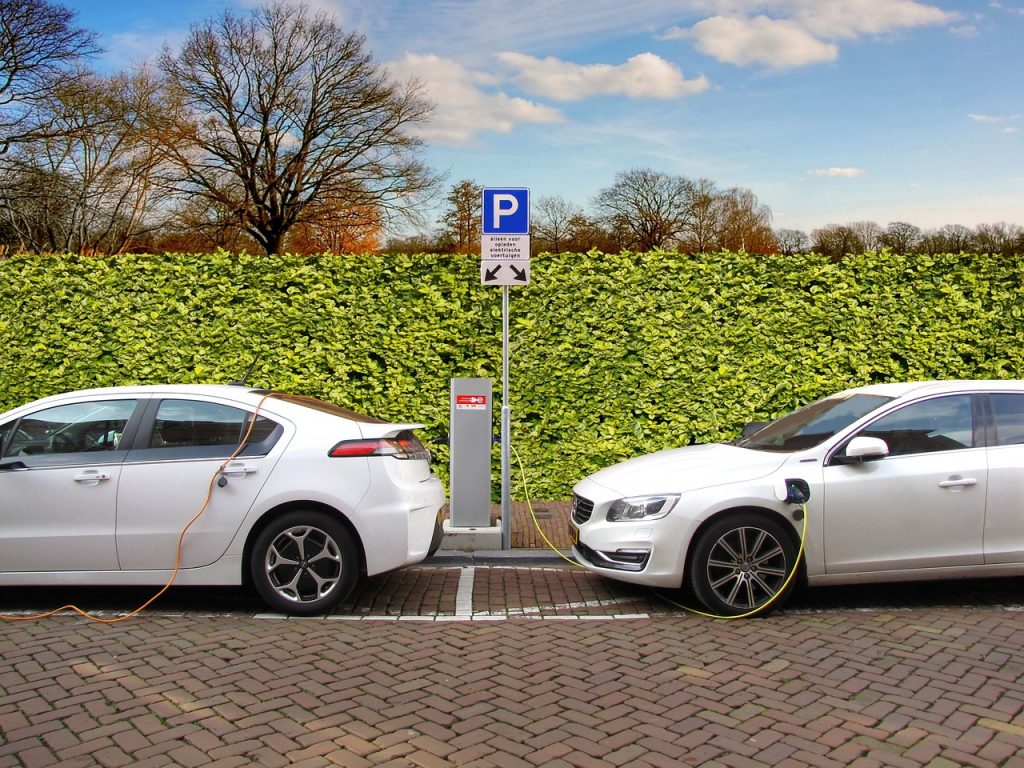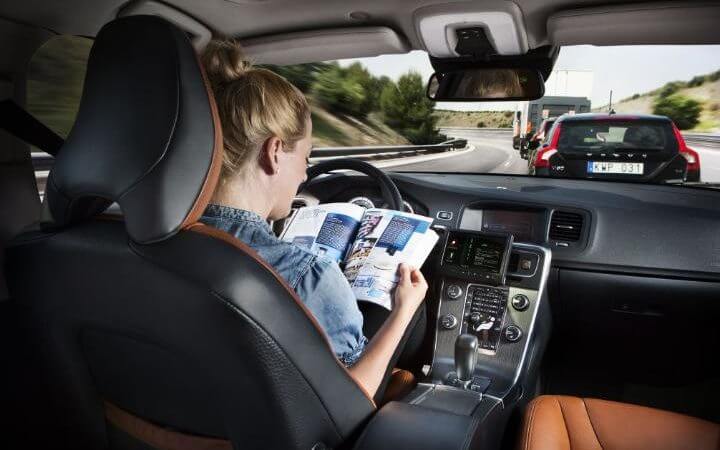Everyone should know a little something about their car’s transmission. It’s one of the most vital systems in an automobile and a failure could end up being very costly to repair. By understanding this system a little better, you can take proper care of your transmission and identify problems much sooner.
Just Like Oil
Most people don’t realize that transmission fluid should be changed, though not quite as frequently as oil is changed. For newer vehicles, the fluid should be changed every 100,000, so, if you don’t keep your vehicles for long, you may not need to worry about this. However, if you typically hang onto your cars for as long as possible, you can typically expect to pay between $160 and $200 for a transmission fluid change.
For older vehicles, you should consider getting a transmission fluid change after 30,000 miles. If you’re unsure, ask your mechanic. Conversely, very new vehicles are intended to never receive a transmission fluid change. The manufacturers install a sealed transmission that cannot be opened, ensuring the transmission fluid lasts the lifetime of the vehicle.
What Does Transmission Fluid Do for Your Vehicle?
In both standard and automatic transmissions, the fluid is intended to keep the various mechanical components lubricated and helps to reduce the heat caused by the friction of moving parts. Even so, the various parts of the transmission will wear down and cause the fluid to become contaminated with tiny particles. When the concentration of these particles gets too dense, they can cause damage to the system.
It should be pointed out that it takes several years for metal shavings to contaminate the transmission fluid to the point that would require a flush and change. If it occurs early in the car’s life or is a frequent occurrence, that may be a sign of a bigger mechanical problem with the system.
Changing the Transmission Fluid
Checking the fluid level is usually a simple matter. There should be a dipstick in the engine compartment, similar to the dipstick for checking the oil. Even when the transmission fluid’s level looks fine, it may still be contaminated and in need of flushing. If you suspect a problem, contact your mechanic and draw attention to your concerns. He can make a better assessment as to the quality and level of the fluid.
If your system does need to be flushed, it will be a much more complex matter. You might be able to do an oil change yourself in your own driveway, but changing out the transmission fluid is another matter. It will require lifting the car up on a hoist and locating the release plug or valve, which is typically difficult to reach. It requires patience and a great deal of flexibility.
For the best care of your transmission system, allow your mechanic or a transmission specialist to care for the system. They’re more experienced and better equipped to test the fluid and flush the system. An expert can help you keep your system running at peak efficiency throughout the life of your vehicle.






